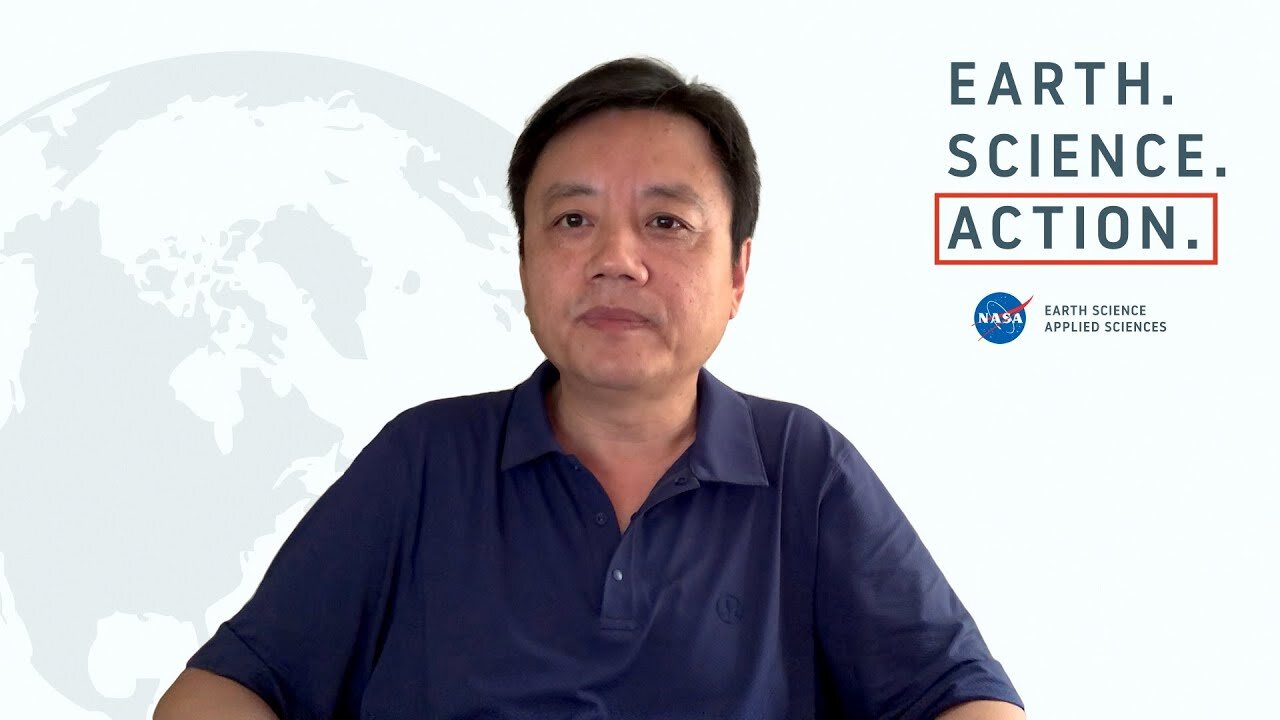Premium Only Content

Detecting Sargassum algae from space, also known as Sargassum seaweed //dxbdubai
Detecting Sargassum algae, also known as Sargassum seaweed, can be challenging because it often floats on the surface of the ocean and forms dense mats that can cover large areas. However, various methods and technologies have been developed to detect and monitor Sargassum algae blooms. Here are some common approaches:
Satellite Imaging: Satellite-based remote sensing is one of the most effective ways to detect and monitor Sargassum blooms over large ocean areas. Satellites equipped with sensors that can capture different wavelengths of light, including infrared and visible light, can detect changes in the color and temperature of the ocean's surface caused by Sargassum. These satellites provide valuable data for tracking the movement and extent of Sargassum algae.
Aerial Surveys: Aircraft equipped with specialized sensors can also be used to conduct aerial surveys of Sargassum blooms. These surveys can provide high-resolution images and data to complement satellite observations.
Ocean Buoy Networks: Some regions deploy ocean buoys equipped with sensors to monitor water quality and environmental conditions. These buoys can detect changes in water temperature, turbidity, and nutrient levels associated with Sargassum blooms.
Citizen Science: Citizen scientists and local communities can play a role in Sargassum detection. Reports and observations from beachgoers and coastal residents can help authorities track the presence and extent of Sargassum accumulations.
Machine Learning and Artificial Intelligence: Researchers are developing machine learning and AI algorithms to analyze satellite and aerial imagery more effectively. These algorithms can automatically identify and track Sargassum blooms based on patterns and features in the images.
Oceanographic Models: Numerical models of ocean currents and water quality can be used to predict the movement and dispersion of Sargassum algae. These models take into account factors such as wind, ocean currents, and water temperature.
Field Surveys: While remote sensing provides valuable data, ground-based field surveys are essential for verifying and validating the satellite and aerial observations. Researchers can collect physical samples and conduct detailed studies of Sargassum in affected areas.
Combining multiple methods, including satellite imagery, aerial surveys, and data from ocean buoys, allows scientists and authorities to better understand the dynamics of Sargassum blooms and respond to their presence. Early detection is crucial for managing the impacts of Sargassum algae on coastal ecosystems, tourism, and local economies.
Regenerate
-
 4:53:38
4:53:38
Due Dissidence
12 hours agoTaibbi DEFENDS Weiss-CBS Deal, Pakman Producer SPILLS TEA, Massie CALLS OUT Trump Informant Claims
18.9K31 -
 2:33:47
2:33:47
TheSaltyCracker
5 hours agoMedia Silent on Metro Attack ReeEEStream 9-07-25
126K222 -
 56:27
56:27
Sarah Westall
6 hours agoEnd of Aging, Hydrogen Bomb Research, Serial Killers & Violent Behavior, Bipolar Research w/Dr Walsh
29K2 -
 4:36:53
4:36:53
MattMorseTV
7 hours ago $11.85 earned🔴Sunday Gaming🔴
56.5K2 -
 2:31:16
2:31:16
Joker Effect
3 hours agoINTERVIEWING Rumble Gaming community members: Viewbotting and how they see the current landscape.
19.1K2 -
 1:45:53
1:45:53
Nerdrotic
7 hours ago $11.93 earnedUnravelling the Secrets of Skinwalker Ranch | Forbidden Frontier #115
80.6K4 -
 41:56
41:56
Athlete & Artist Show
7 hours ago $1.20 earnedAustin Ekeler: Going From "0 Star Recruit" To Leading The NFL In TD's, New Fan App | FROM THE VAULT
27.1K1 -
 2:46:49
2:46:49
Barry Cunningham
12 hours agoNOW THEY FEAR US! | RFKJR STRIKES BACK | JD VANCE ON PRESIDENT TRUMP | AND MORE NEWS!
71.3K50 -
 LIVE
LIVE
Spartan
7 hours agoCharlotte Qualifier watch party + Ranked and Expedition 33
106 watching -
 6:09:54
6:09:54
bigbossrobinson
10 hours agoLIVE - DOUBLE IMPACT - RESIDENT EVIL 4 & METAL GEAR SOLID Δ: SNAKE EATER
33.9K1